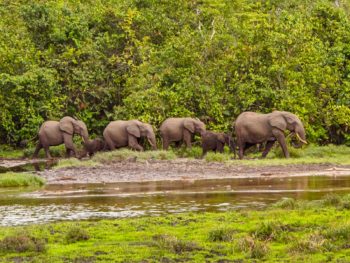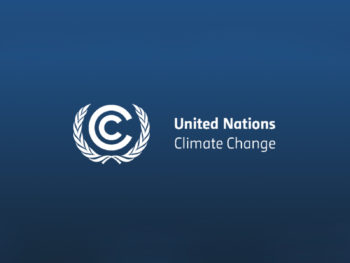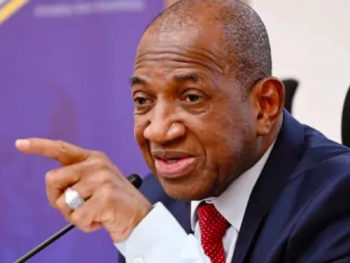Published November 28, 2022 / Environment
What Africa can learn from COP27
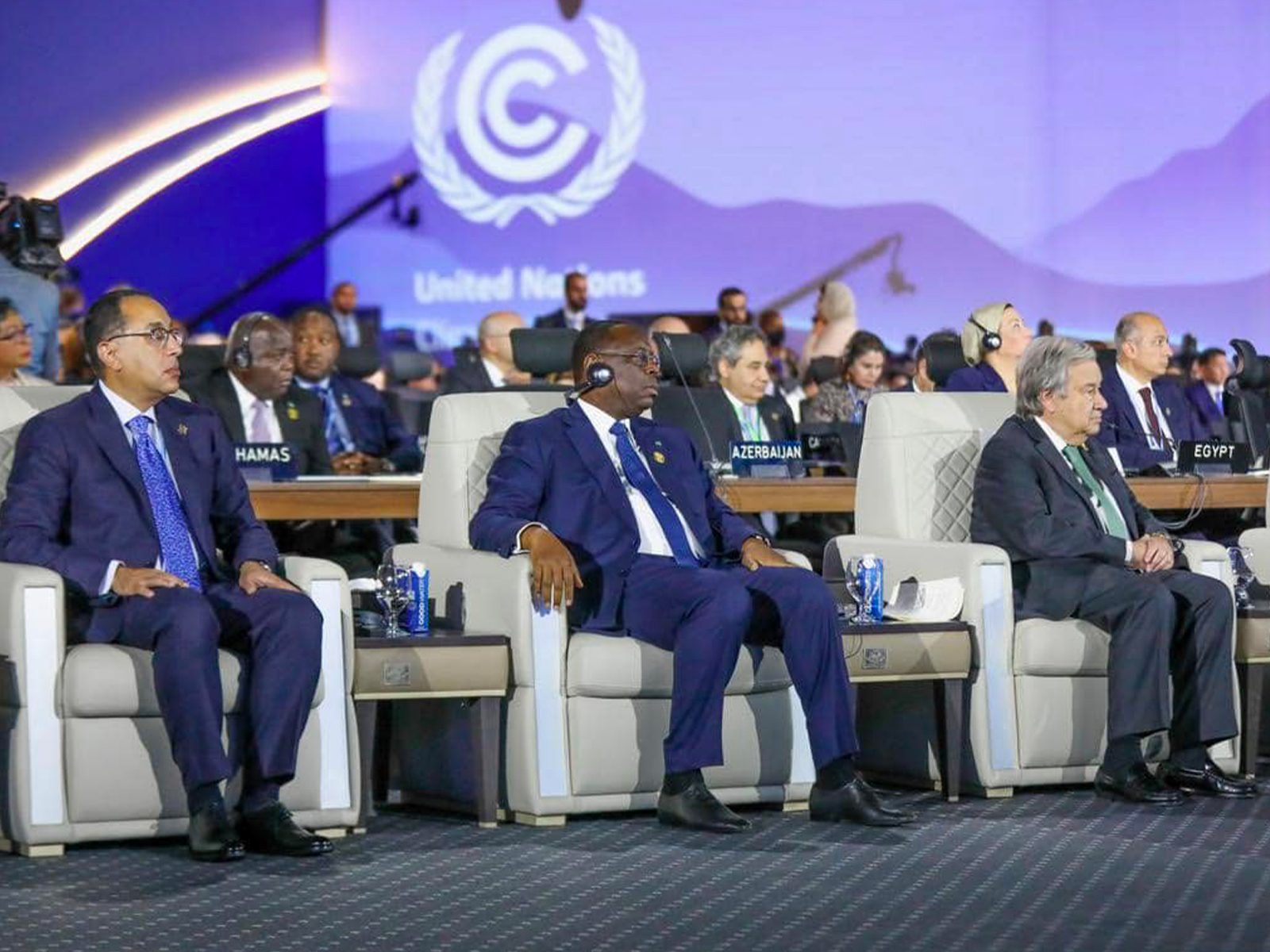
COP27, announced as a meeting dedicated to implementation, came close to almost failed to live up to its promise. Thanks to the tenacity of African negotiators, it was at the end of a diplomatic tug-of-war attempted by the most vulnerable countries that the conference concluded with an agreement on new financial mechanisms that had been promised for decades. Here's what we can learn from an African perspective.
H.E. Macky Sall, President of the Republic of Senegal and of the African Union, and António Guterres, Secretary General of the United Nations, during the COP27, © United Nations Climate Change Conference.
COP27 results for African countries
The 27th session of the Conference of the Parties (COP27), known as the implementation session, came to a close on November 19, 2022 in Sharm el-Sheikh, Egypt. The conference was held on the African continent, which is the most vulnerable to the adverse effects of climate change. The effects are disproportionate, given that Africa accounts for around 17% of the world's population but contributes just 4% of greenhouse gas emissions. According to the latest report by the Australian think tank the Institute for Economics and Peace, of the 8 countries most at risk globally from the ecological threat, 7 are in sub-Saharan Africa. [1]
For the African delegations, and all 45,000 participants, this conference was therefore of crucial importance, particularly in terms of dealing with the human and material damage inflicted by climate change. In Central Africa, home to the world's second largest rainforest and major reserves of materials essential to the digital economy, the focus was on preserving the forests of the Congo Basin, which are in the throes of deforestation. The forest basin ecosystem plays a crucial role in the carbon cycle, and consequently in global climate balance. Its ecosystem is notably made up of peatlands, which sequester around 29 billion tonnes of CO₂ (Mt CO₂)[2]almost equivalent to global emissions in 2021, equal to 37.9 Mt CO₂. [3]
Caption: Interview with Richard Amalvy, CEO of the Brazzaville Foundation, at COP27, © Voice of the Environment.
A trilateral agreement for large tropical forests
The Democratic Republic of Congo (DRC) is directly concerned because 60% of the basin's forests are located on its territory. Aware of its potential to mitigate the effects of climate change, the DRC has repositioned itself as a "solution country", ambitious and visionary, wishing to "leave the stage of intentions", as mentioned by Eve Bazaïba, Deputy Prime Minister and Minister of Environment of the DRC, ahead of the COP27. Announcing the pre-COP27 in Kinshasa in early October, the DRC continued its action on the sidelines of the G20 summit in Bali, signing an agreement with Brazil and Indonesia to develop the forest resources of three countries of the South that represent more than half of the world's tropical forests.
Promising synergy between Africa's three climate commissions
At continental level, regional climate commissions were highlighted at COP27. In 2016, Africa had already displayed its climate ambitions at the last COP hosted on the continent, in Marrakech, when King Mohamed VI announced the creation of three climate commissions, on the occasion of the First African Action Summit for continental co-emergence. [4]
Six years later, on November 9, 2022, the Congo Basin Climate Commission (CBCC), one of the three entities created, coordinated by Minister Soudan Nonault of Congo, held a high-level side event at its pavilion. [5] The event was chaired by HRH Princess Lalla Hasnaa of Morocco, and brought together representatives of the 16 CCBC member countries as well as major technical and financial partners (TFPs), such as the World Bank, the United Nations Development Programme (UNDP), 4C Morocco, and the Development Bank of Central African States (BDEAC). The Brazzaville Foundation was present among the TFPs. The Chief Executive, Richard Amalvy, represented its Chairman, Jean-Yves Ollivier, who is also a Blue Fund goodwill ambassador.
Another very high-level meeting brought together the three climate commissions, with a view to creating synergies between the Congo Basin countries, the island states and the Sahel countries. The final communiqué revealed the intention of the countries concerned to create a mechanism to link these regional organisations in order to align advocacy and have more weight in the negotiations with potential financial organisations.[6]
Loss and damage
The decision -/CP.27 "Sharm el-Sheikh Implementation Plan[7] negotiated in the final hours of the conference, includes a landmark agreement to establish a fund for loss and damage from the most vulnerable countries. This fund could provide financing for loss and damage to many African countries, particularly affected by climate disasters. For this, the communiqué mentions the complementary nature of capacity building and technology transfer to maximize the effectiveness of financial support. Until the COP28 in Dubai, the "transition committee" will be responsible for producing recommendations to make these financing mechanisms operational. Finally, the industrialised countries also reiterated their commitment to limit the increase in global average temperature to 1.5 ℃ above pre-industrial levels. [8]
[1] https://www.visionofhumanity.org/wp-content/uploads/2022/10/ETR-2022-Web-V1.pdf
[2] Crezee, B., Dargie, G.C., Ewango, C.E.N. et al. Mapping peat thickness and carbon stocks of the central Congo Basin using field data. Nat. Geosci. 15, 639–644 (2022).https://doi.org/10.1038/s41561-022-00966-7
[3] https://joint-research-centre.ec.europa.eu/jrc-news/global-co2-emissions-rebound-2021-after-temporary-reduction-during-covid19-lockdown-2022-10-14_en#
[4] http://grandemurailleverte.org/index.php/changement-climatique/declaration-du-1er-sommet-africain-de-l-action-en-faveur-d-une-co-emergence-continentale
[5] https://fm6e.org/evenement/charm-el-cheikh-cop27-sar-la-princesse-lalla-hasnaa-preside-un-side-event-de-haut-niveau-sur-la-lutte-contre-les-changements-climatiques-dans-le-bassin-du-congo/
[6] https://snrtnews.com/fr/article/cop27-la-reunion-de-tres-haut-niveau-des-trois-commissions-climat-africaines-salue-le
[7] https://unfccc.int/sites/default/files/resource/cop27_auv_2_cover%20decision.pdf
[8] https://unfccc.int/fr/news/la-cop-27-parvient-a-un-accord-decisif-sur-un-nouveau-fonds-pertes-et-prejudices-pour-les-pays
Read also
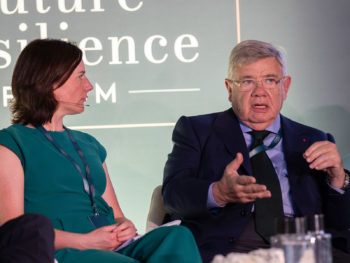
Environment
/Public health
Hidden Threats of Climate Change: Jean-Yves Ollivier's Insights on Fake Medicines and Resilience in Africa
10/10/2023
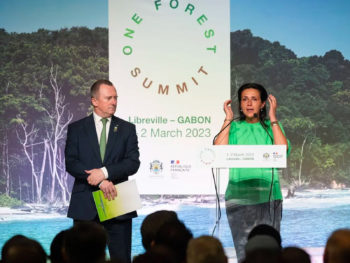
Environment
Conclusions of the One Forest Summit for the preservation of tropical forests
02/03/2023



